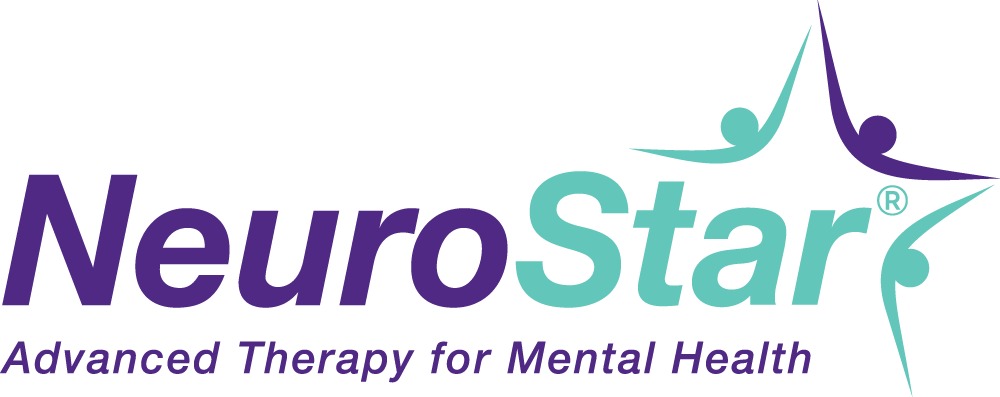Understanding the TMS Procedure

The FDA has cleared the use of transcranial magnetic stimulation (TMS) as a non-invasive procedure for the treatment of obsessive-compulsive disorder (OCD), major depressive disorder, and depression with comorbid anxiety. Each of these conditions can cause significant challenges in patients.
TMS therapy offers a unique approach that addresses the disorder directly at the source in the brain instead of using medications that can affect the rest of your body. When you seek an alternative treatment option, we encourage you to call our office for help in understanding how the NeuroStar TMS procedure might help you.

NeuroStar TMS and How It Works
This non-invasive treatment is primarily used for people who have not responded to traditional options such as medications or talk therapy. NeuroStar TMS uses electromagnetic pulses to stimulate nerve cells and specific areas of the brain associated with mood regulation. Even though the electromagnetic pulses penetrate the skull and into the brain, the procedure does not physically break the skin. No anesthesia is needed, and you can go about your daily activities immediately after your session.
Imaging studies have shown that areas of the brain associated with mood disorders have lower levels of activity in people with depression than in people without depression. After treatment with the electromagnetic simulation, these areas become more active.
What Happens During My NeuroStar TMS Treatment Sessions?
TMS therapy requires precise, controlled application of electromagnetic pulses to your brain. During your first session, this area of your brain is defined, mapped, and measured so the machine can deliver precisely controlled pulses. Your head will be measured to determine the placement, and the device settings will be based on your needs. The first session also involves finding the motor threshold by introducing brief pulses to determine the optimal intensity level. This will ensure effective TMS while reducing potential discomfort during your treatment.
The motor threshold is the lowest intensity of TMS that can produce a motor response such as a visible twitch. The purpose is to calibrate the lowest output energy needed for an effective treatment response.

Am I a Candidate for NeuroStar TMS?
NeuroStar TMS is a non-invasive treatment that is typically safe and effective for people with treatment-resistant depression. Several criteria are used to determine if you are eligible for TMS treatment. For example, the treatment is only cleared for adults with OCD, major depressive disorder (MDD), or anxious depression, as well as adolescents aged 15 and older with MDD.
You must understand the TMS procedure to determine your candidacy. Several health conditions make treatment with NeuroStar TMS contraindicated, regardless of your medical condition or diagnosis. For example, because TMS therapy uses electromagnetic pulses, you must not have metal implants—including deep brain stimulators, pacemakers, or cochlear implants—in or around your head. There is a moderate risk of side effects; however, there is a very rare potential for a seizure. For this reason, people who have known seizure disorders, have had a head injury, or were diagnosed with a neurodegenerative disease should not receive NeuroStar TMS therapy.
Contact Us So We Can Help You Understand the NeuroStar TMS Procedure
NeuroStar TMS therapy has been a great help to many patients who experience OCD, MDD, and anxious depression. It makes complete sense that you will want to understand how the TMS procedure works before you sign up. We encourage you to call our office at Bloom Health Centers and schedule an appointment to learn more about how it can help reduce your symptoms.

TMS Patient Journey at Bloom
New to TMS? You are not alone.
Find out more about the journey to a life without depression through TMS Therapy at Bloom.
TMS Offered At:
Virginia
801 N Quincy St, #601
Arlington, VA 22203
158 Front Royal Pike, #206
Winchester VA 22602
Bloom Tips and Tools
Bloom Services:
Learn more about our comprehensive range of mental health services and schedule an appointment today!
Bloom Blog:
Helpful insights and information for your mental health journey.
Bloom In The News:
Press releases, announcements, and mentions in other media sources.
have questions?
We’re here to answer them. Request an appointment through our online form.
